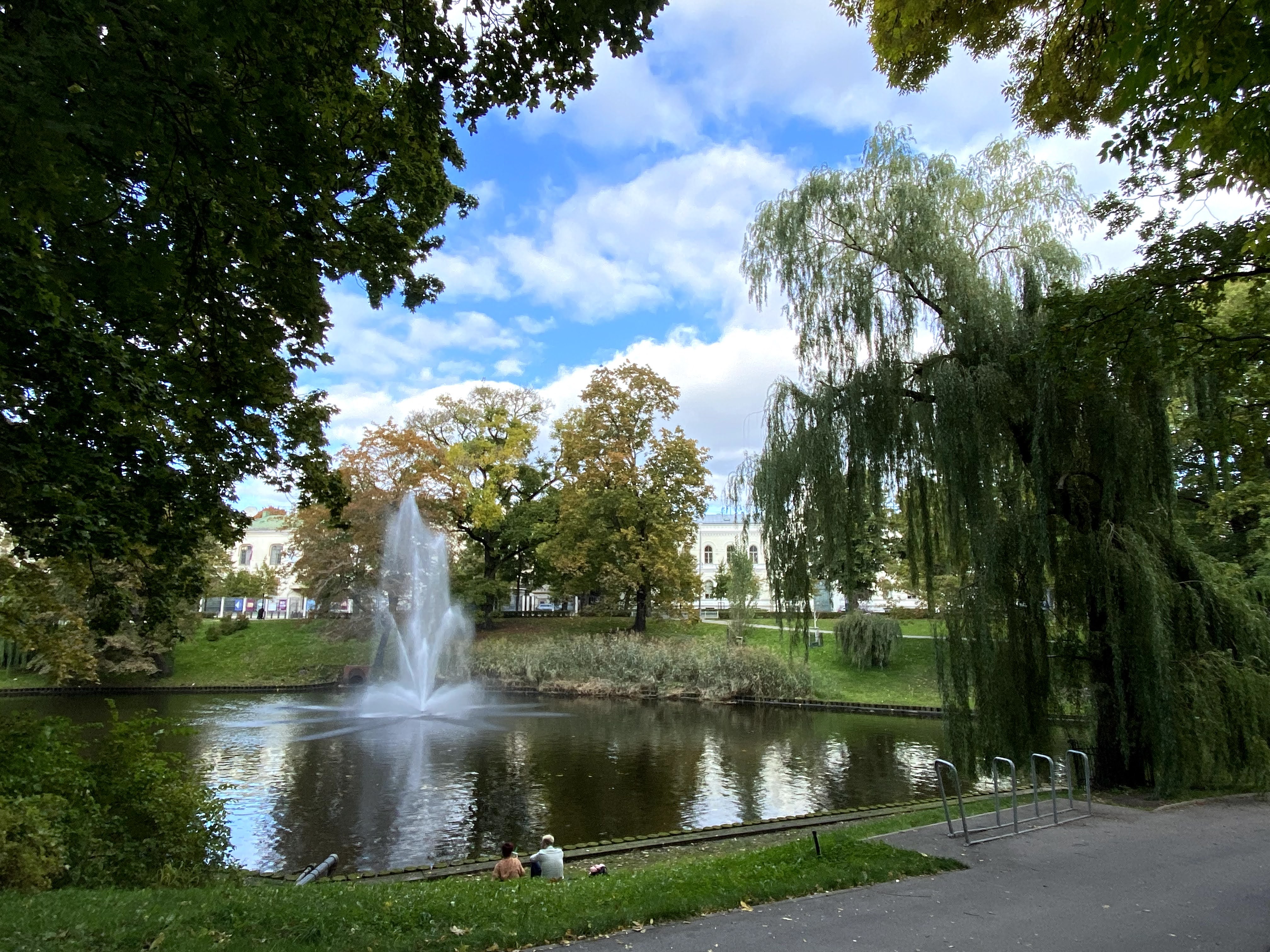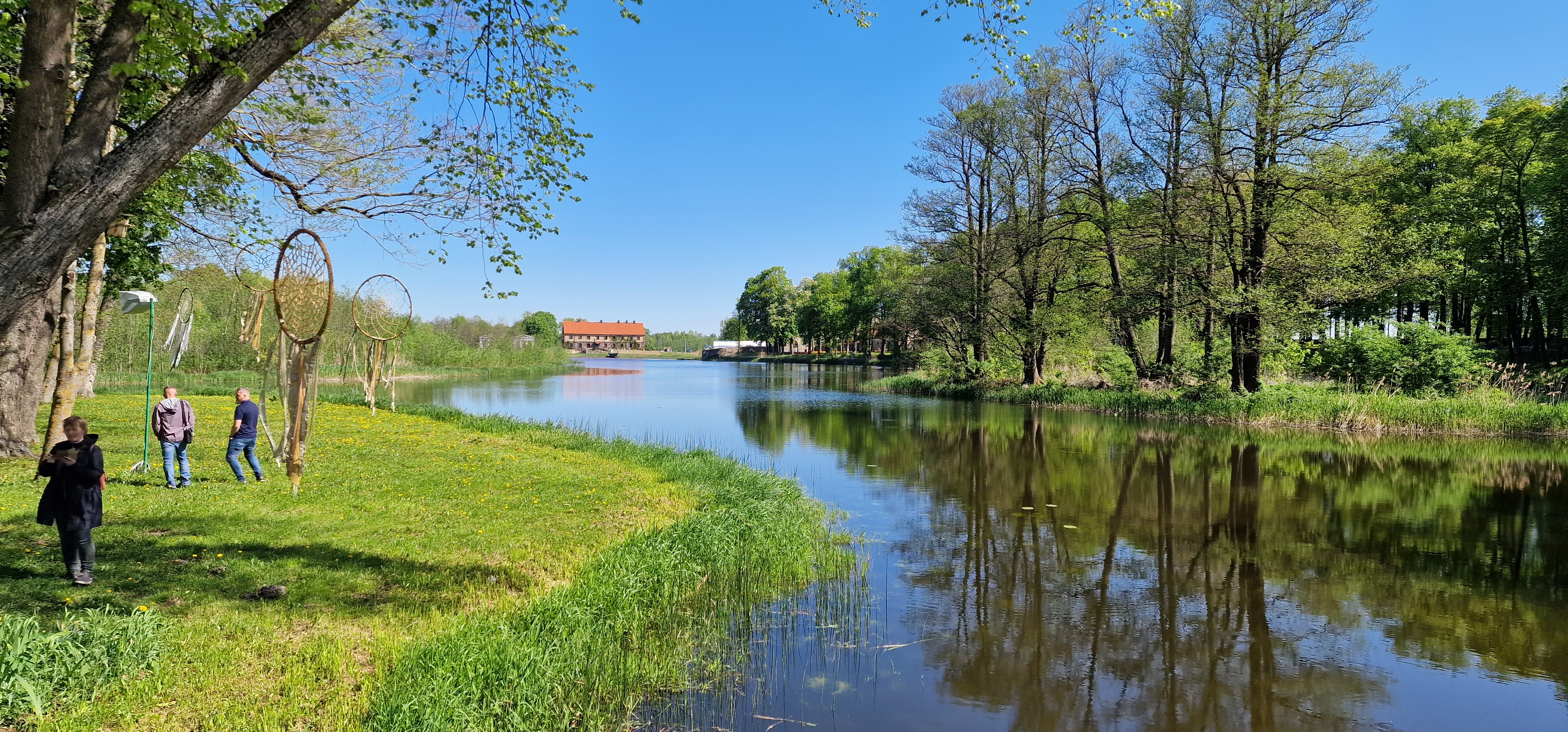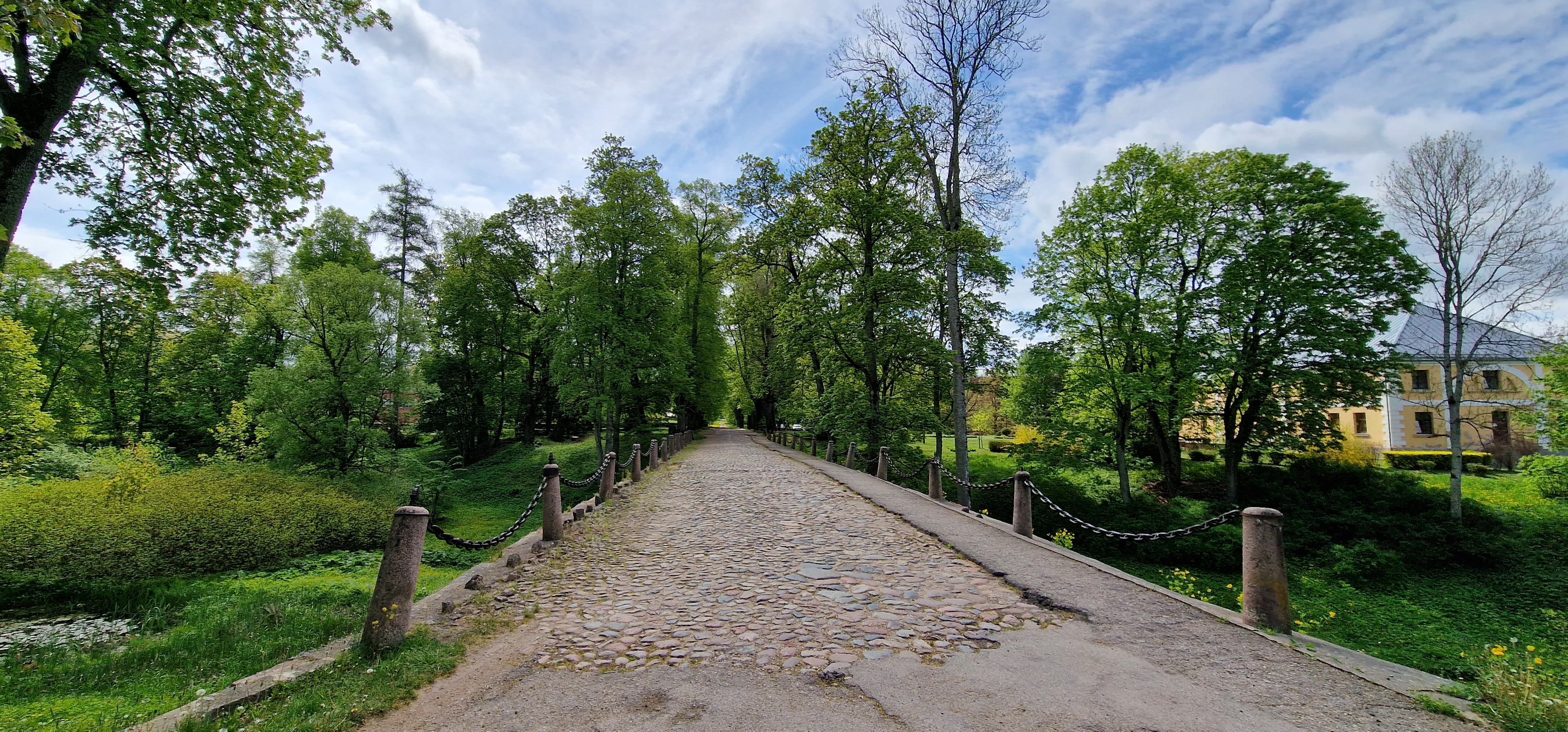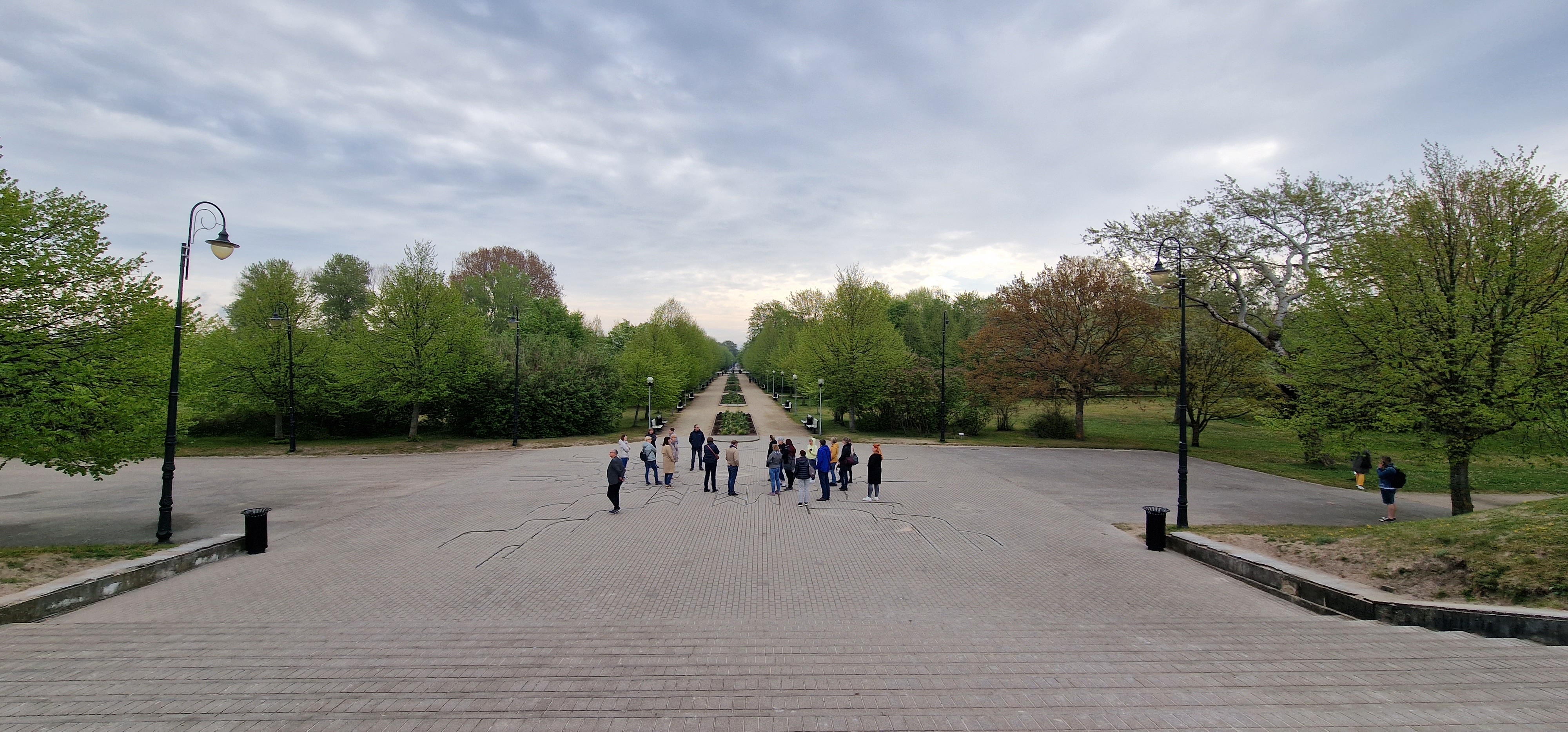Continues research of gardens and parks designed and constructed by Georg Kuphaldt within the project "NovelForHeritage" (INT14)
The study of gardens and parks designed and constructed by landscape architect Georg Kuphaldt is one of the planned activities of the project LLI-444 Integration of New Sustainable Solutions into Cultural Heritage / NovelForHeritage, which was implemented in two stages - at the end of September 2021, the first part of the planned expedition through the gardens and parks in Estonia and Riga took place, and in May 2022, the second part of the expedition took place through the parks and squares of Lithuania and Kurzeme region. #latlit #NovelForHeritage #LLI444
In Estonia, the park of Olustvere Manor and the Seaside Park in Pärnu has been visited. Both parks have preserved G. Kuphalt's planned spatial structure, which consists of various greenery, squares, walking trails and terraces. The importance of dendrological plantations in both parks should be noted as a valuable aspect of a diverse landscape, which at the same time increases biodiversity and makes the parks visually attractive in all seasons. Today, the parks perform a number of functions that are adapted to the needs of the city, tourism and provide the necessary recreation for the residents, as well as form the basis of the green infrastructure of the urban environment.

|

|
There are many well-preserved parks and gardens designed by G. Kuphaldt in Riga. Various elements of parks and gardens have been viewed, researched and analyzed, as well as new knowledge about the maintenance and restoration of parks today has been gathered. The park system of the central part of Riga, consists of Grizinkalns Park, Kanālmala, Viesturdārzs, Esplanāde, etc. Thanks to Georg Kuphaldt, the gardens and parks of the city of Riga acquired the existing volume and spatial structure, which is able to provide the following functions - recreation, tourism services, preservation of cultural heritage, sports activities, education, representative function, as well as ecological balance of the urban environment. Dendrological diversity has been brought to the parks of Riga, which is clearly the handwriting of G. Kuphaldt in all the parks and gardens created by him.

|

|
The second part of the expedition covers Pakroja and Šeduva parks in Lithuania. Pakroja Park is a closed area that is used for seasonal greenery and events of the festival type. The manor has a classic English type layout, but the principles of G. Kuphaldt’s layout are weak. On the other hand, the park is a popular tourist destination, which delights with both spring and summer flower exhibitions and themed environmental exhibitions. A spatial and dendrological analysis was carried out in Šeduva Park, which revealed only a few and poorly preserved historical and dendrological values of the park.

|
|
In the Kurzeme region (Latvia), the Rose Square and the Seaside Park in Liepāja, the parks of Kazdanga and Pelči Castle were visited. Liepāja Rose Square is a classic square of symmetrical urban planning with a central rose hollow and cut hornbeam plantations. One of the dominants of Rose Square is a scenic walnut tree. Liepāja Seaside Park is a large coastal area used by the city as a central public outdoor space with sports and recreational facilities, preserving the historic buildings and Kuphaldt’s layout with central axes, fields, buffer plants, fountains and other landscape elements. The value of the seaside park lies not only in its historical heritage, but also in biodiversity, which is based on a variety of historical and modern plantations. Kazdanga Castle Park has excellent and diverse dendrological plantations, which have been preserved historically and are being restored today. An integral part of the park is the system of park ponds and canals that were once used for fishing. Not only the structure of greenery has been preserved in the park of Pelči Castle, but also the historical engineering structures - sewerage system, ice cellar, etc.
|
|
 |
The main lessons learned from the trip are that the spatial structure created by Kuphaldt is well preserved today; dendrological rarities have remained; parks are supplemented with modern functions and recreational opportunities; in many places, there is not enough information available about Kuphaldt’s contribution and legacy to the park culture.

